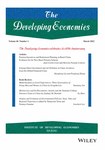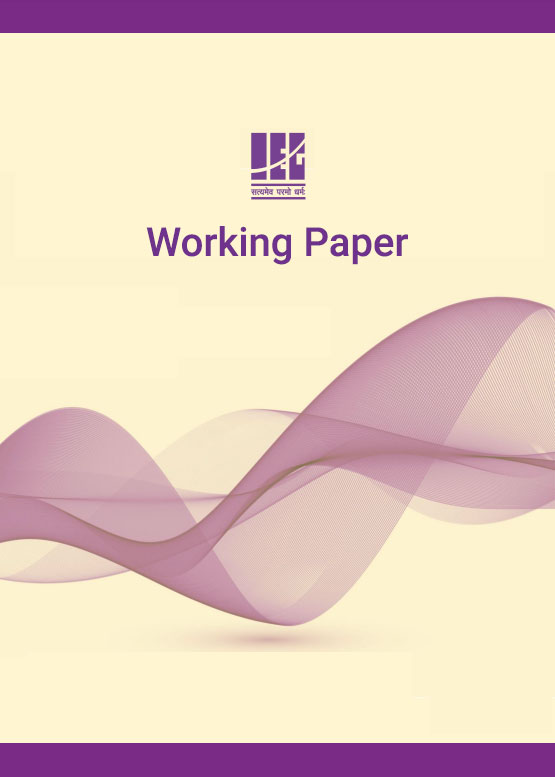Asymmetric Shocks and the Role of Exchange Rate in Emerging Markets: Evidence from India.
Speakers:
Kuhelika DeButler University, USA

Abstract:-
This paper examines the stabilization role of the flexible exchange rate in the face of asymmetric shocks for one of the prominent emerging markets and open economies, India, using a sign-identified structural Bayesian vector autoregression model over the post reform period 1996-2019. My results show that asymmetric monetary policy and exchange rate shocks account for a larger fraction of the variation in the Indian rupee in the short run, compared to relative demand and supply shocks. Jointly, monetary policy and exchange rate shocks account for almost half of the variation in the Indian rupee. The foreign exchange market appears to be a major source of disturbance to the Indian rupee. Although the Indian rupee floating exchange rate is able to absorb shocks in the long run, it plays a more dominant role as a source of shock in the short run. This study holds important policy implications for currency stability in India, as well as similar emerging markets and open economies. Policymakers need to monitor exchange rate risks, and be prepared to mitigate exchange rate volatility stemming from foreign exchange market for macroeconomic stability.





